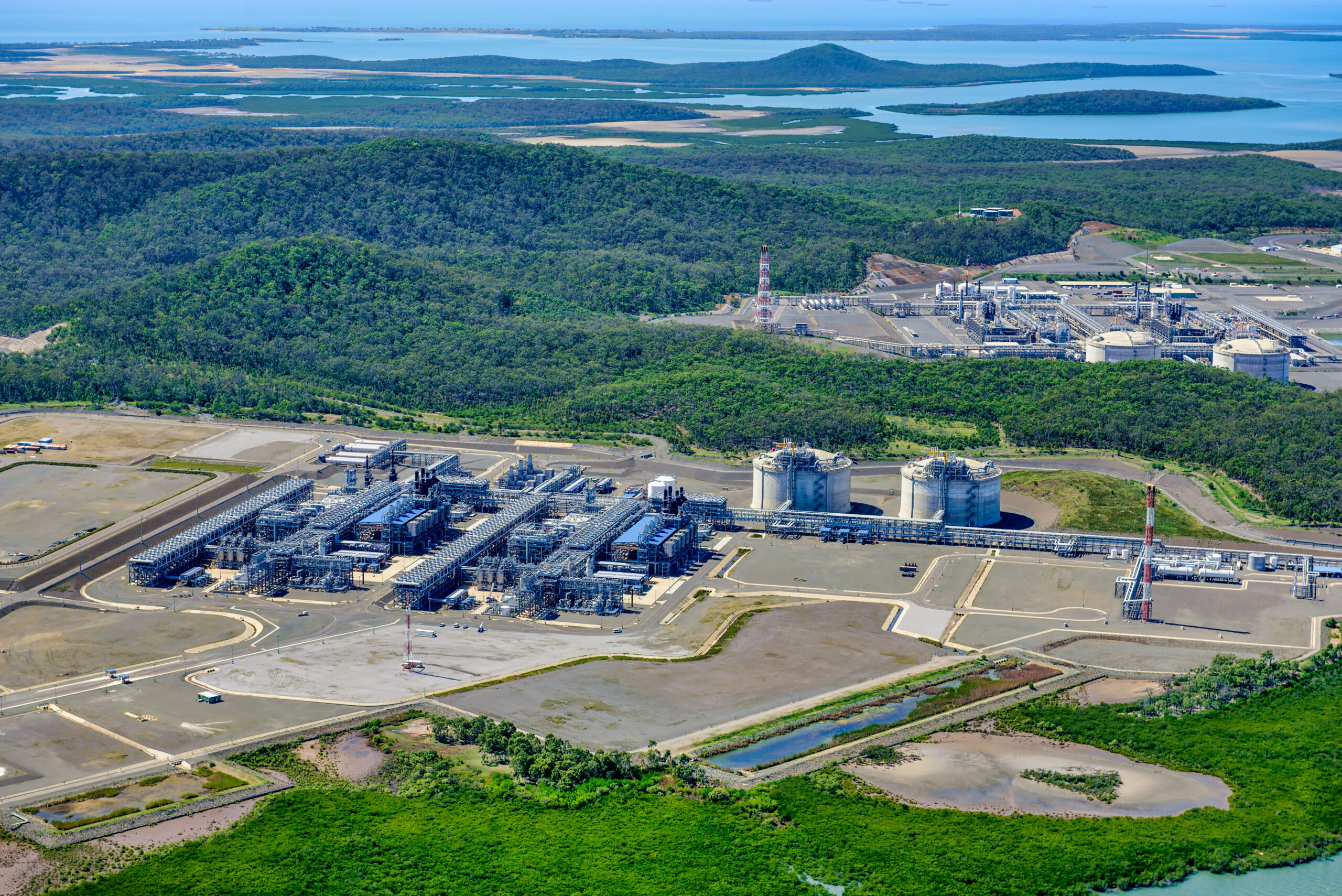New Australian gas strategy intensifies climate change divide
The government said the new Australian gas strategy was needed to help fuel domestic energy supply on its way to a target of 82 percent renewable energy by 2030, and eventually reaching net zero emissions by 2050.

In a move that couldn’t have come at a more volatile time for Australia as it continues to see an escalation in climate change litigation cases — the second most in the world by total volume — the government has decided that Australian gas will play a larger part in the country’s energy future to at least 2050 and beyond.
The politically-charged move was announced by the government’s resources minister Madeleine King on May 9th. It’s part of Australian Prime Minister Anthony Albanese’s gas strategy, which establishes six guiding principles that detail how the government will approach the domestic use of gas.
The strategy includes a mandate that Australia’s net zero 2050 pledge remains in place. As such, gas production “must be abated or offset to achieve this economy-wide commitment,” it said. It also stipulates that new gas fields must be found and opened “to meet demand during the economy-wide transition.” And, LNG will remain a “key export market for Australia” with plans to expand the amount of gas it sells overseas.
Australia remains an LNG export powerhouse. Though it slipped to the second export slot last year behind the U.S., it still exported some 80.7 million tonnes, a decline from a record breaking 81.2 million tonnes in 2022. Moreover, LNG was Australia’s second largest export by value last year, taking in some US$60 billion.
Fierce pushback
As soon as the new Australian gas strategy was released, it was met with fierce, albeit partisan, push-back, largely pitting the Labor-led federal government against politicians from the country’s Green Party and environmental groups that see gas as a fuel choice of a bygone era that will continue to harm the environment.
Australia is one of the world’s largest CO2 emitters, with about 25 percent of those emissions from its gas sector. Moreover, due to its fossil fuels and resources sector, the effect of climate change in the country is glaringly obvious, providing even more intensity to the climate change debate. Gas makes up nearly one third of Australia’s energy consumption.
Reflective of the passion over the issue, Independent Senator David Pocock blasted the new gas plan as “morally bankrupt, negligent and just plain stupid.”
Jennifer Rayner, head of the Climate Council of Australia, also condemned the new gas strategy, arguing that Australia is already using less gas, so “more gas means more climate pollution and a more dangerous future.”
“The Albanese Government has a choice: cut climate pollution and seize the decade by scaling up clean energy, or support new gas projects. It can’t do both,” she added.
The Australian Institute said that the gas strategy underpins emissions, not renewables. It further slammed the new plan, arguing that it relies on “the false promise of carbon capture and storage to justify fossil fuel expansion.” It pointed to Chevron’s recently approved Gorgon LNG Stage 2 expansion that it said will release 3 billion tonnes of CO2 over the next five decades.
The Institute for Energy Economics and Finance echoed those concerns in a recent report, stating that: “Despite its maturity, CCS has proved an unreliable technology in several cases, and none more so than the Gorgon CCS facility near Barrow Island, off Western Australia.”
Counterpoint
However, arguments are being made just as persuasively from the other side of the divide. Prime Minister Albanese defended the gas strategy, claiming that it wouldn’t imperil Australia’s climate commitments. “It is consistent with the long position that we have held, my government is committed to a net zero future. Gas power generation is something that firms renewables,” he said.
Tom Purdie, lead analyst for Australian LNG at Energy Aspects, told Gas Outlook that the “strategy aims to address near-term domestic supply and price concerns by streamlining regulations around investment in both upstream and midstream sectors. It also helps implement market reforms to ensure competitive pricing and fair resource distribution.”
He’s referring to a possible gas shortage facing the country. Australian Energy Producers, an industry group, recently warned that Australia still faces possible gas supply shortfalls by 2028 on the east coast — and 2030 on the west coast — as markets remain volatile due to global conflicts.
Purdie added that the “traditionally stable Western Australia (WA) gas market has become fundamentally tighter due to the decline of coal-fired generation capacity, depletion of older gas fields, persistent production disruptions, and delays in new projects.”
“LNG producers have also prioritised global markets over domestic obligations,” he said. “In WA, the 15 percent gas reserve policy aimed at ensuring supply is failing to deliver.”
He added that a similar scenario in the East/Southeast has developed, where tightness is driven by weak market interconnections and production declines, particularly onshore and in the Bass Strait.
“The strategy addresses this by positioning gas as the transitional fuel. While renewables will play an increasingly larger role, their significant impact is expected beyond 2030,” he said.
